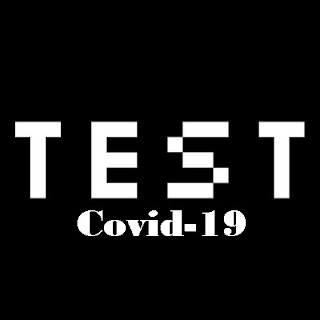Types of tests that exist to diagnose COVID-19
Identifies the test types for COVID-19.
The current pandemic has made the importance of accurate and diagnostic testing of the population for coronavirus more than ever. The COVID-19 diagnostic tests used by companies in the sector often use automated processes. This is essential in pandemic circumstances such as the current ones since these processes provide, among other advantages, the extension of the operational autonomy of the teams for 24 hours and the minimization of possible errors. All this allows increasing the number of daily diagnostic results, thanks also to the laboratory professionals' knowledge and experience who guarantee the results' quality.
Given the volume of information published and the great interest raised among the population about COVID-19, from DENTAL-OFFICE.COM, we want to be a source of reliable information and have prepared a brief description of the types of tests that exist on the market for the diagnosis and screening of coronavirus. The objective is to offer rigorous information about essential health technology in the fight against COVID-19.
Types of diagnostic tests against COVID-19
Simply, they can be classified into three main categories: RNA tests, Immunological tests, and Rapid tests.
On the one hand, RNA (diagnostic) tests use a nasopharyngeal sample that is analyzed in a laboratory. With this type of test - which includes PCR tests and other nucleic acid tests - the presence of genetic material of the virus is detected. On the other hand, it is an active infection test, which is 4 hours and offers excellent sensitivity and specificity. In 24 hours, it allows up to 1,500 results to be obtained.
The second type of test is composed of the so-called Immunological Tests, which, in turn, can be
- Diagnostic (antigen): these are quantitative tests that detect proteins of the virus from a nasopharyngeal sample analyzed in the laboratory. They are active infection tests, and up to 200 results can be obtained per hour.
- Screening (antibody): also quantitative, it is done through a blood sample analyzed in the laboratory, which detects antibodies produced against the virus approximately 7 days after symptoms. It is indirect proof of immunity that the disease is active or has been passed. As with the diagnostic test, up to 200 results can be obtained per hour.
- Rapid diagnostic test (antigen): in this case, the sample is nasopharyngeal and is performed with or without portable equipment next to the patient. It is a qualitative test (+/-) based on immunoassay and detects proteins of the virus, it is an active infection test, and the results can be known after 10-15 minutes.
- Screening (antibody): In this type of test, the blood sample, with or without portable equipment, is taken at the patient's side. It is a qualitative test (+/-) that detects antibodies approximately 7 days after symptoms. It is an indirect test of immunity or whether the disease is active or passed. Your results are also available in 10-15 minutes.

